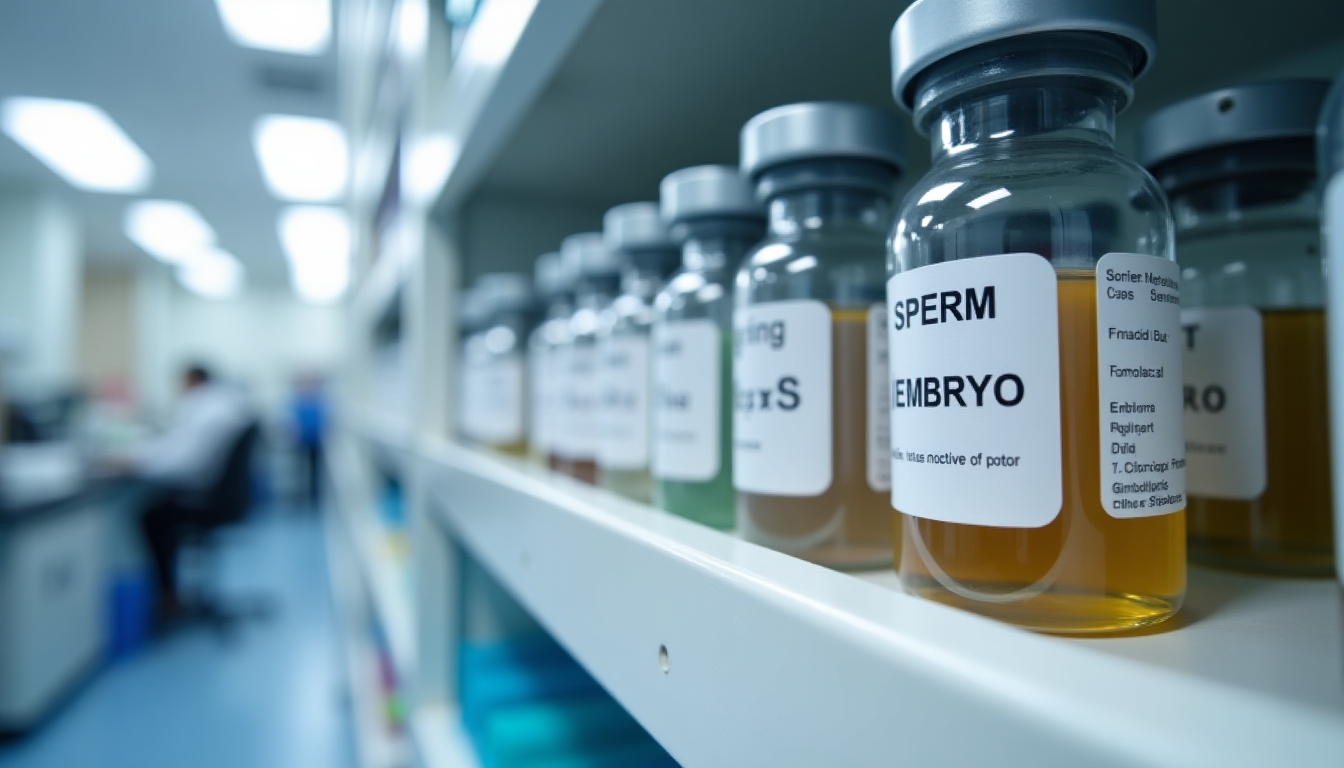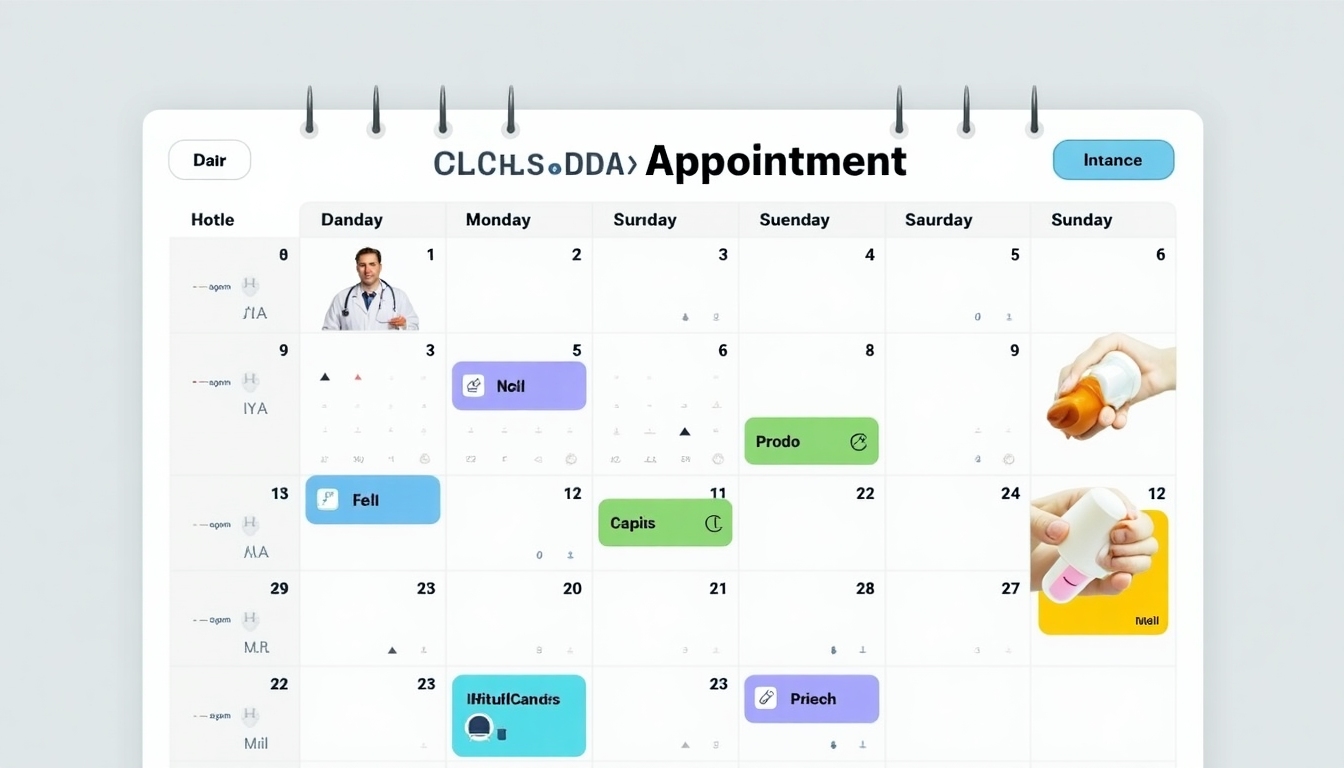Fertility Preservation and Cancer Treatment Timeline
Feb. 10, 2025, 5:05 p.m.
Navigating Fertility and Cancer Treatment: A Comprehensive Guide
Facing a cancer diagnosis is challenging, and one significant concern for many patients is the potential impact on fertility. Understanding the intersection of fertility preservation and the cancer treatment timeline is crucial to making informed decisions that safeguard future family-building options.

Introduction to Fertility Preservation and Cancer
Dealing with cancer invariably brings numerous questions and concerns, including how treatments such as chemotherapy might affect your fertility. Fertility preservation is a proactive step that many patients consider before starting cancer treatment, particularly chemotherapy, which can severely impact reproductive health in both men and women.
Why Consider Fertility Preservation?
The risk of infertility post-cancer treatment is real. Chemotherapy and other aggressive cancer treatments can impair or destroy reproductive cells. By considering options for fertility preservation before chemotherapy, patients can secure potential paths to parenthood.

Types of Fertility Preservation:
- Sperm Banking: Common among men, involves collecting and storing sperm.
- Egg Freezing: Collecting eggs from ovaries to be frozen for later use.
- Embryo Freezing: Fertilized eggs are frozen for future implantation.
- Ovarian Tissue Freezing: A newer method, still considered experimental, which might preserve fertility for women.
Each of these methods has its own timeline and logistical considerations, especially when aligned with the cancer treatment timeline.

Personal Insights on Balancing Treatment and Fertility
Personal testimonies highlight the emotional rollercoaster experienced during this time. Amy, a 29-year-old cancer survivor, shares her journey:
“When diagnosed, I feared more about losing my ability to have children than facing cancer itself. I decided on egg freezing after consulting with my oncologist, who incorporated it into my treatment schedule.”
Sharing stories like Amy’s personalizes the journey, creating a supportive community for others in similar situations.
Key Factors to Discuss With Your Healthcare Provider
- Timing: How timing of the fertility preservation procedure aligns with cancer treatment.
- Insurance and Costs: Fertility preservation can be expensive, and insurance coverage varies.
- Success Rates: Understanding the likelihood of success for each preservation method.

Fertility Preservation and Cancer Treatment Timeline
Timing is crucial. Generally, the recommended approach is:
- Initial Diagnosis: Discuss fertility concerns immediately.
- Pre-Chemotherapy Consultation: Meet with fertility specialists to explore options.
- Fertility Procedure: Can often be scheduled within weeks, before starting chemotherapy.
- Post-Treatment Check-ins: Regular updates to assess fertility status.
Creating a cancer treatment plan that accommodates fertility preservation is essential to maintaining future reproductive options.

Conclusion: Embrace the Future with Confidence
Fertility preservation emerges as a beacon of hope in the storm of a cancer diagnosis. By understanding the fertility preservation and cancer treatment timeline, patients can make informed decisions, balancing immediate health needs with future dreams.
For more information, seek guidance from healthcare providers and consider supportive resources that walk alongside you on this journey.